Video summary
A class builds a Lego crocodile and use Raspberry Pi computers and the Scratch programming language to make it snap its jaws!
Science presenter Minna Kane explains how you can plug your keyboard and monitor into a tiny Raspberry Pi, and use open source coding software to program it.
We see a primary school class build model crocodiles out of Lego, complete with a motorised mouth with a proximity sensor inside it.
The sensor is the input and the motor is the output.
The children use Scratch, a visual programming language, to create the program that will make the mouth snap shut when something is put inside it.
We see their IF/THEN blocks and sensing values using a LESS THAN command, that enable the sensor to detect how close the finger is and snap shut.
This clip is from the series Cracking the Code.
Teacher Notes
This could be used as an introduction to designing and writing programs that accomplish specific goals.
Could also be used to show various forms of input and output.
This clip will be relevant for teaching Computing at KS1 and KS2 in England and Northern Ireland, Design and Technology KS2 in Wales and Computing Science and ICT at Second Level in Scotland.
Computing KS1 / KS2: Creating a simple automated driving simulator. video
A car sprite is programmed to move around a racing track using repetition and selection.
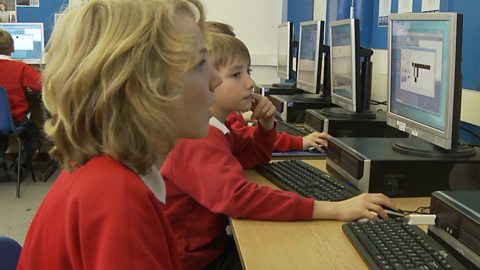
Computing KS1 / KS2: Creating computer generated visual effects. video
How visual effects in film and television use programs to control CGI behaviour.
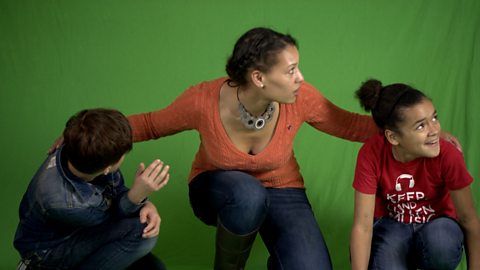
Computing KS1 / KS2: Programming a computer game. video
Schoolchildren create their own simple games using on screen sprites.

Computing KS1 / KS2: Programming a robotic toy car. video
A toy car is programmed to move between two locations on a town plan.
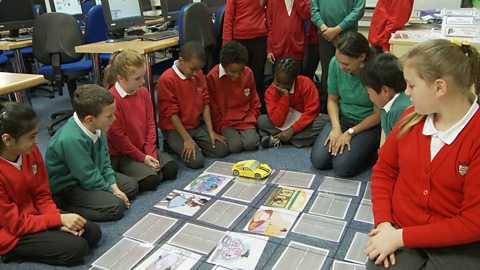
Computing KS1 / KS2: Programming robots to play football. video
How robots can be programmed to respond to what they see, by simplifying situations.

Computing KS1 / KS2: Simulating the experience of F1 racing. video
How realistic, computer-controlled racing simulators are used for training F1 drivers.
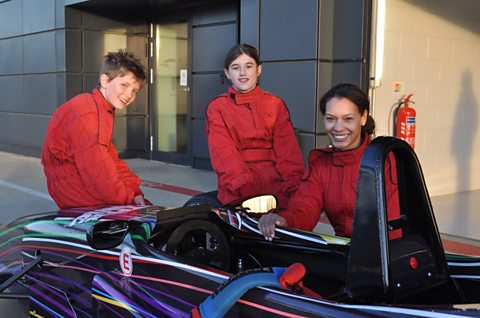
Computing KS1 / KS2: Programming a webcam. video
A small computer and a webcam are programmed to take high altitude weather photographs.

Computing KS1 / KS2: What are bitmap graphics? video
Schoolchildren create large bitmap images using black and white coloured squares.
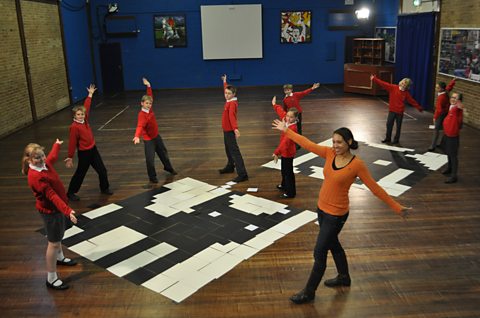
Ěý